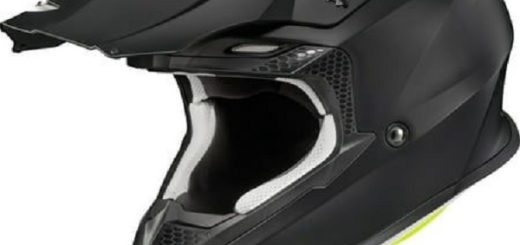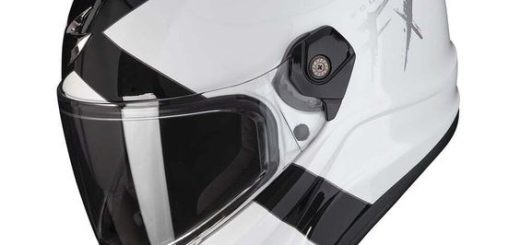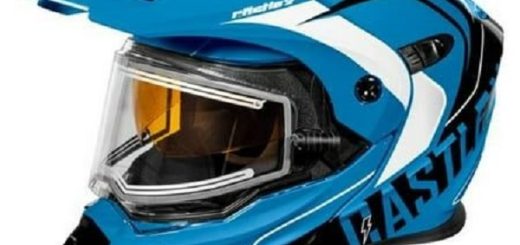A Guide to Choosing and Wearing a Motorcycle Helmet
A motorcycle helmet is your essential piece of safety equipment. It’s the shield that protects your head in a crash, and a properly fitted helmet makes all the difference. A helmet that’s too loose can move around in an accident, reducing its effectiveness. Conversely, a helmet that’s too tight can be uncomfortable and lead to headaches. So, how do you ensure your motorcycle helmet fits perfectly?
This comprehensive guide will equip you with the knowledge to choose the right size helmet and achieve a snug, comfortable fit that prioritizes both safety and comfort.
Understanding Motorcycle Helmet Fit: The Crucial Factors
A well-fitting motorcycle helmet should feel snug and secure without causing any pressure points or discomfort. Here are the key aspects to consider:
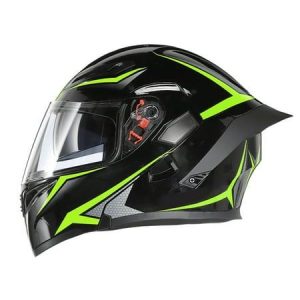
- Shell Size: This refers to the overall size of the helmet’s outer shell, which should comfortably house your head.
- Liner Thickness: The helmet liner provides cushioning and conforms to the shape of your head. Different helmets may offer varying liner thicknesses, which can influence the overall fit.
- Cheek Pad Snugness: The cheek pads should gently cradle your cheeks without feeling excessively tight or loose.
- Head Circumference: Measuring your head circumference is the starting point for determining the appropriate shell size.
Measuring Your Head for Motorcycle Helmet Sizing
Before embarking on your helmet shopping journey, it’s crucial to measure your head circumference to get a baseline for sizing.
Here’s how to do it accurately:
- Grab a soft measuring tape.
- Position the tape one inch above your eyebrows. Wrap the tape comfortably around your head, ensuring it goes around the widest point, typically just above your ears.
- Take note of the measurement in inches or centimeters. Round up to the nearest half-inch or centimeter if the measurement falls between sizes.
If you don’t have a measuring tape handy, you can use a piece of string or cord. Wrap it around your head as described above, then mark the spot where the string meets and measure that distance with a ruler.
Selecting the Right Helmet Size: Matching Measurements to Models
Once you have your head circumference measurement, you can consult the manufacturer’s size chart for the specific helmet model you’re considering.
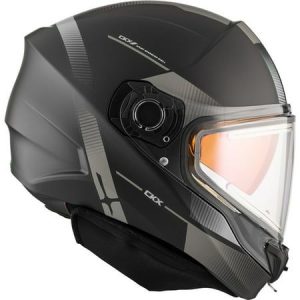
Helmet sizing can vary slightly between brands and even between different models from the same brand. Always refer to the manufacturer’s size chart for the specific helmet you’re interested in.
Here are some general pointers to keep in mind:
- Match your head circumference measurement to the closest size on the chart.
- If you fall between sizes:
- For a snugger fit, consider choosing the smaller size, keeping in mind that the liner will conform to your head over time.
- For a slightly looser fit, opt for the larger size. However, remember that a loose helmet compromises safety.
The Motorcycle Helmet Shopping Experience: Trying it On for Size
While size charts are a helpful starting point, the ultimate test comes when you try on the helmet itself. Here’s what to expect during your helmet shopping trip:
- Bring your head circumference measurement with you. This can be a handy reference point when discussing size options with the salesperson.
- Select a few helmets in your estimated size range. Don’t be afraid to try on different models and brands to find the one that feels most comfortable on your head.
- Put on the helmet without fastening the chin strap. Gently ease the helmet on over your head. It should slide on snugly but not be overly tight.
- Once the helmet is on, wiggle it gently from side to side. There should be minimal movement. The helmet should feel secure and hug your head comfortably.
- Check the cheek pad fit. The cheek pads should make contact with your cheeks without causing any pinching or discomfort. You should be able to open and close your mouth comfortably.
- Fasten the chin strap. The strap should be snug but not constricting. You should be able to fit one finger between the strap and your chin.
Additional Tips:
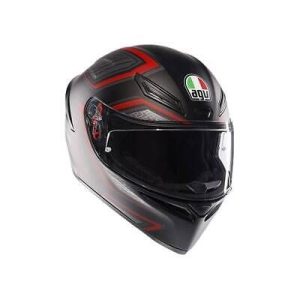
- Bring along your riding glasses, if you wear them. Ensure they fit comfortably inside the helmet without causing pressure points.
- Don’t be afraid to spend some time trying on different helmets. Finding the right fit is crucial, so take your time and ask the salesperson for assistance if needed.
Beyond Size: Factors to Consider for Optimal Fit
While size is the primary factor for a good helmet fit, there are other aspects to consider:
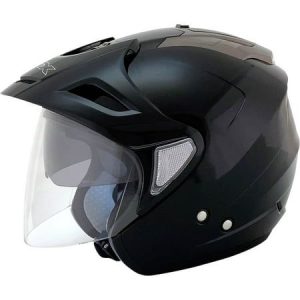
- Head Shape: Helmets come in various shapes, including round oval, intermediate oval, and long oval. Choosing a helmet that matches your head shape can significantly improve comfort and fit.
- Round oval: This is the most common head shape and generally works well with most helmet models.
- Intermediate oval: A slightly longer head shape than round oval. Look for helmets labeled as “intermediate oval” or “long oval.”
- Long oval: The longest head shape. Helmets designed for long oval heads will provide a more comfortable fit in the front-to-back dimension.
-
Visor Seal: The visor should seal tightly against the helmet shell to prevent wind, dust, and rain from entering. Check for any gaps around the visor when it’s closed.
-
Noise Levels: Different helmets offer varying degrees of noise reduction. Consider your riding style and preferences when evaluating noise levels. A touring helmet will typically offer more noise reduction than a sportier helmet designed for maximum airflow.
The Importance of a Secure Chin Strap
The chin strap plays a vital role in keeping the helmet securely on your head during a crash. Here’s how to ensure your chin strap is fastened correctly:
- Double-D rings: This is the most common type of chin strap closure system. Thread the strap through the two D-rings, then pull the loose end to tighten. Secure the strap by snapping it back over the small tab.
- Ratchet closure: Some helmets feature a ratchet chin strap. To tighten, pull the strap until it clicks into place. To loosen, press the release button.
Regardless of the closure system, ensure the chin strap is snug but not uncomfortable. You should be able to fit one finger between the strap and your chin.
Ensuring a Long-Lasting Fit: Liner Break-in and Maintenance
Even a perfectly sized helmet may feel a bit snug initially. The helmet liner will conform to the shape of your head over time, providing a more comfortable fit after a few rides.
Here are some tips to optimize the break-in process:

- Wear the helmet for short periods initially. Gradually increase the wear time as the liner breaks in.
- Avoid excessive heat exposure. Leaving your helmet in direct sunlight can accelerate liner breakdown and compromise its fit.
Regular cleaning of the helmet liner is essential for maintaining a proper fit and hygiene. Refer to the manufacturer’s instructions for proper cleaning procedures.
When to Replace Your Motorcycle Helmet
A motorcycle helmet is a crucial piece of safety equipment, and its effectiveness diminishes over time. Here are some signs that indicate it’s time for a new helmet:
- Age: Most helmets have a lifespan of around five to seven years. The materials can degrade, and the helmet may not offer optimal protection in a crash.
- Damage: If your helmet has any cracks, deep scratches, or signs of deformation, it needs to be replaced.
- Multiple crashes: Even if your helmet appears undamaged after a crash, it’s best to replace it. The impact of a crash can compromise the helmet’s integrity.
Never compromise on safety! If you’re unsure about your helmet’s condition, err on the side of caution and replace it.
Ride Safe with a Motorcycle Helmet that Fits Just Right
Choosing and wearing a properly fitting motorcycle helmet is an investment in your safety and comfort. By following these guidelines, you can find a helmet that provides a snug, secure fit that allows you to focus on the enjoyment of the ride.
Remember, a well-fitting helmet is essential for optimal protection. Don’t settle for anything less!
